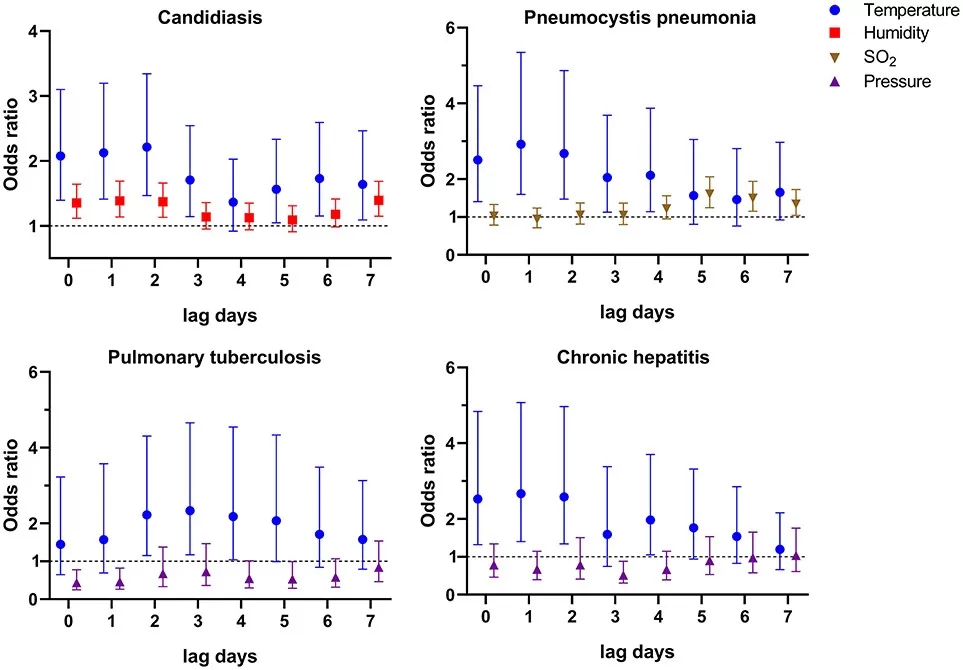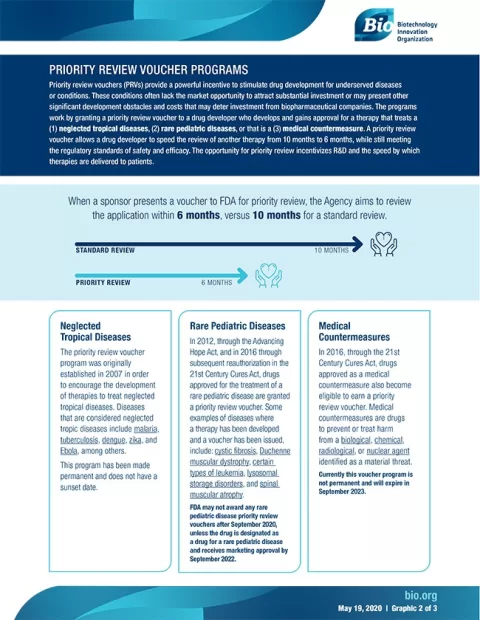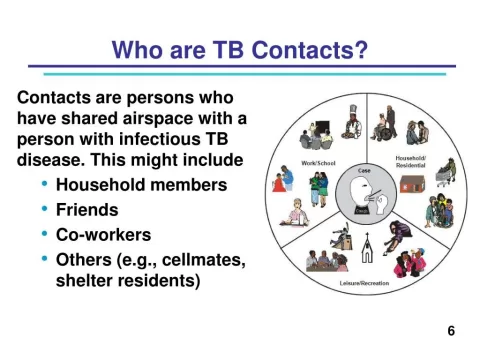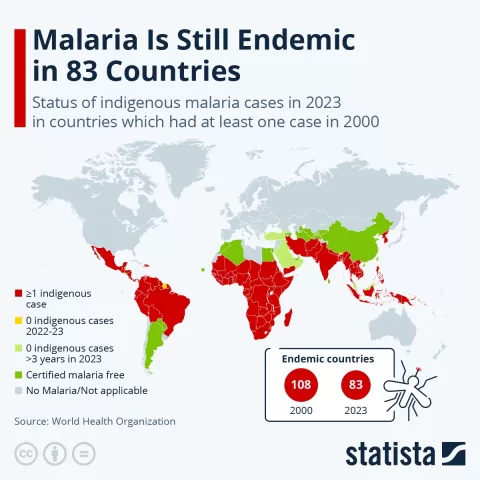Talaromycosis risk factors play a critical role in understanding this potentially deadly fungal infection, particularly in regions like Vietnam. As a disease primarily affecting immunocompromised individuals, the risk of talaromycosis is heightened by various behavioral and geographic factors. Recent studies highlight how exposure to tropical plants and farm animals significantly increases the likelihood of this fungal infection. Furthermore, geographic risk factors, such as living in highland regions, further compound this threat, making it essential to identify these risks in the context of rising fungal infections in Southeast Asia. Educating communities about these risks can potentially mitigate the impact of talaromycosis, especially in areas with higher rates of advanced HIV disease.
Understanding the risk factors associated with talaromycosis is pivotal in combating this invasive fungal disease, often seen within vulnerable populations. Known for its link to advanced HIV, this infection’s prevalence raises alarms, particularly amid the unique environmental challenges present in regions like Vietnam. Behavioral factors, such as occupational hazards involving tropical flora and fauna, contribute significantly to the infection’s spread. Additionally, the influence of geographic locations, particularly highland areas, marks a crucial element for consideration in local public health strategies. By analyzing these factors collectively, health officials can better address the looming threat of fungal infections in Southeast Asia.
Understanding Talaromycosis and Its Impact in Southeast Asia
Talaromycosis, caused by the fungus *Talaromyces marneffei*, poses a severe health threat, particularly to individuals with compromised immune systems in Southeast Asia. This fungal infection has a high prevalence in regions such as northern Thailand and Vietnam, where it can account for a staggering proportion of HIV-related hospital admissions. The mortality rates associated with this infection can be as high as 30%, making it crucial to understand its epidemiology within these geographic limits.
The link between HIV infection and increased susceptibility to talaromycosis is well-established. As the immune system weakens, opportunistic infections like talaromycosis flourish, leading to dire health complications. Research highlights the importance of identifying both environmental and behavioral factors contributing to the spread of talaromycosis, allowing healthcare professionals to implement strategies aimed at reducing infection rates and improving patient outcomes.
The Role of Behavioral Risk Factors in Talaromycosis Development
In the context of talaromycosis risk, behavioral factors play a pivotal role. The findings of the recent multicenter case-control study in Vietnam notably suggested that occupational exposure, particularly among individuals working with tropical plants and farm animals, significantly increases the likelihood of contracting the fungus. This exposure can lead to higher rates of fungal infections, emphasizing the need for improved workplace safety measures and education for at-risk populations.
Moreover, behaviors such as travel to high-risk regions, particularly for those living in lowland areas, further heighten the risk of talaromycosis. Participants in the study who had traveled or resided in highland areas faced more than three times the risk of infection. These insights underscore the importance of awareness and preventive practices, especially for those working in agriculture or living in regions with known fungal outbreaks.
Geographic Risk Factors Contributing to Talaromycosis
The geographic distribution of talaromycosis presents critical insights into infection vulnerability across different populations. The multicenter study underscored a stark contrast in infection rates between highland and lowland areas in Vietnam, revealing that individuals in highland regions faced a higher risk of developing this fungal disease. This disparity can be attributed to various factors, including soil composition and climate, which facilitate the growth of *Talaromyces marneffei*.
Understanding these geographic risk factors is essential for targeted public health interventions. Regions identified as hotspots for talaromycosis can benefit from enhanced surveillance and healthcare resources. Additionally, educating residents about the symptoms and prevention of this fungal infection based on their environmental conditions can significantly decrease incidence rates and improve overall health in affected regions.
Environmental Exposures Linked to Talaromycosis
Environmental conditions play a significant role in the transmission of fungal infections, including talaromycosis. The study found an alarming connection between close proximity to tropical plants and farm animals and the risk of developing the disease. This correlation highlights the importance of evaluating environmental risk factors as part of comprehensive health assessments for populations at risk.
Moreover, increased awareness of environmental exposures, particularly in regions prone to flooding or those with rich biodiversity, is crucial. Public health initiatives can be designed to mitigate risks associated with environmental factors, ensuring that individuals are informed about how to protect themselves from potential sources of fungal infections like talaromycosis.
Innovative Approaches to Talaromycosis Prevention
Addressing the challenges posed by talaromycosis requires innovative strategies that encompass health education, community awareness programs, and effective clinical practices. Public health officials in Vietnam and beyond can implement training for healthcare providers to recognize the signs of talaromycosis early, especially among HIV-positive individuals. This proactive approach can facilitate prompt diagnosis and treatment, ultimately reducing mortality associated with the infection.
Additionally, increased funding for research into the epidemiology of talaromycosis is essential. Understanding how behavioral, environmental, and geographic factors interplay will inform targeted interventions. Collaborations among local governments, non-profit organizations, and healthcare institutions can lead to the development of comprehensive preventive strategies that address the multifaceted nature of this fungal infection.
The Epidemiological Significance of Talaromycosis Studies
Research studies like the recent multicenter case-control analysis provide critical insights into the epidemiology of talaromycosis. By identifying risk factors linked to HIV and different geographic locations, these studies can drastically influence public health policies and resource allocation. Additionally, they serve to heighten awareness of fungal infections in Southeast Asia, an area still grappling with significant health challenges.
Furthermore, continuous epidemiological studies are essential as they help capture emerging trends related to fungal infections over time. By monitoring cases of talaromycosis and its risk factors, researchers can adjust their interventions and recommendations to better combat this opportunistic infection while providing valuable data for healthcare systems worldwide.
The Future of Talaromycosis Research and Healthcare Response
As the threat of talaromycosis continues to loom over immunocompromised populations, future research must remain a priority. Investigating the long-term health outcomes of individuals infected with talaromycosis and their response to various treatments will deepen our understanding of this fungal disease. Additionally, studies should focus on the socioeconomic factors affecting healthcare access in high-risk areas, ensuring equitable treatment opportunities for all individuals.
Collaboration among researchers, healthcare providers, and community leaders will be instrumental in the fight against talaromycosis. By pooling resources and knowledge, stakeholders can develop comprehensive strategies that include regular screening for high-risk populations and disseminating educational materials on prevention and early recognition of symptoms. This collective approach will not only enhance individual outcomes but also contribute to broader public health goals.
Cross-Regional Comparisons of Talaromycosis Trends
Conducting cross-regional comparisons of talaromycosis trends can yield valuable information regarding the disease’s behavior in different ecological contexts. By comparing data from Vietnam with findings from other Southeast Asian nations, public health officials can identify patterns in infection rates and risk factors that transcend geographic boundaries. These insights could enhance regional collaboration and resource sharing, improving response strategies for fungal infections.
Moreover, understanding the migration of the infection across borders emphasizes the need for a unified response to infectious diseases at the regional level. Joint initiatives could involve shared surveillance systems and collaborative research programs to monitor talaromycosis and other fungal infections effectively. By working together, countries can create a more formidable front against diseases that threaten their populations.
Addressing Socioeconomic Factors in Talaromycosis Management
Socioeconomic factors significantly influence health outcomes related to talaromycosis. Throughout Southeast Asia, disparities in healthcare access, education, and economic stability directly impact individuals’ vulnerability to fungal infections. By focusing on these underlying determinants, public health strategies can be tailored to effectively address barriers faced by at-risk populations.
Increasing healthcare funding and ensuring equitable access to treatments in economically disadvantaged areas are essential steps in managing talaromycosis. Education campaigns targeting rural communities will also empower individuals with knowledge about prevention measures and encourage healthier lifestyles that minimize risk factors associated with fungal infections.
Frequently Asked Questions
What are the main risk factors for Talaromycosis in Southeast Asia?
The primary risk factors for Talaromycosis include occupational exposure to tropical plants and farm animals, particularly in regions like Vietnam. Individuals exposed to these environments have a significantly increased risk of developing the infection, especially if they are immunocompromised, such as those with advanced HIV disease.
How does living in highland areas affect the risk of Talaromycosis?
Living in highland regions has been identified as a significant geographic risk factor for Talaromycosis. Studies indicate that individuals residing in these areas face a higher risk compared to those in lowland regions, possibly due to increased soil exposure where the fungus thrives.
What behavioral factors can contribute to the spread of Talaromycosis?
Behavioral factors contributing to Talaromycosis risk include agricultural work and travel to high-risk areas. Engaging in activities that involve soil contact, especially in regions where Talaromyces marneffei is endemic, increases the likelihood of infection.
Is there a connection between HIV and Talaromycosis risk factors?
Yes, individuals with HIV are particularly vulnerable to Talaromycosis. The infection is more common among those with lower CD4 counts, highlighting the need for awareness of environmental and behavioral risk factors in this population.
What role do geographic risk factors play in Talaromycosis infections in Vietnam?
Geographic risk factors significantly influence Talaromycosis infections in Vietnam, as the disease is endemic in certain areas. Regions with warmer climates and specific soil types increase the risk of exposure to the fungus, especially for immunocompromised individuals.
How can understanding Talaromycosis risk factors help public health interventions?
Identifying the risk factors for Talaromycosis can guide public health strategies, targeting prevention efforts and education towards high-risk populations, particularly those in vulnerable geographic areas or engaged in specific occupations that expose them to the fungus.
Are there any preventive measures for Talaromycosis for those at risk?
Preventive measures for those at risk of Talaromycosis include avoiding direct contact with soil in endemic regions, especially for individuals with weakened immune systems, and being aware of occupational risks associated with farming and exposure to potentially contaminated environments.
Why is Talaromycosis considered a significant issue in Southeast Asia?
Talaromycosis poses a significant health threat in Southeast Asia due to its high incidence among individuals with HIV, the association with high mortality rates, and the growing understanding of its behavioral and geographic risk factors, which require targeted public health responses.
| Key Point | Details |
|---|---|
| Study Overview | A multicenter case-control study assessing behavioral and environmental risk factors for Talaromycosis in Vietnam. |
| Population Studied | 205 HIV-infected individuals with culture-confirmed Talaromycosis and 405 matched controls. |
| Key Risk Factors | Occupational exposure to tropical plants (OR 1.73) and farmed animals (OR 2.07). Higher risk in highland regions. |
| Geographical Findings | Higher incidence of Talaromycosis in highland regions compared to lowland areas, especially for those who have traveled to highland regions (OR 3.15). |
| Conclusion of Study | The study provides insights into Talaromycosis risk factors and calls for enhanced public health strategies and surveillance. |
Summary
Talaromycosis risk factors are critical in understanding the epidemiology of this life-threatening fungal infection. The study revealed significant behavioral, environmental, and geographical risk factors, particularly among immunocompromised individuals in Vietnam. Key findings indicate that occupational exposure to tropical plants and farmed animals enhances the risk, while residing or traveling to highland regions compounds these dangers. Identifying these risk factors is essential for developing targeted public health strategies to mitigate the impact of Talaromycosis among at-risk populations.
The content provided on this blog (e.g., symptom descriptions, health tips, or general advice) is for informational purposes only and is not a substitute for professional medical advice, diagnosis, or treatment. Always seek the guidance of your physician or other qualified healthcare provider with any questions you may have regarding a medical condition. Never disregard professional medical advice or delay seeking it because of something you have read on this website. If you believe you may have a medical emergency, call your doctor or emergency services immediately. Reliance on any information provided by this blog is solely at your own risk.








